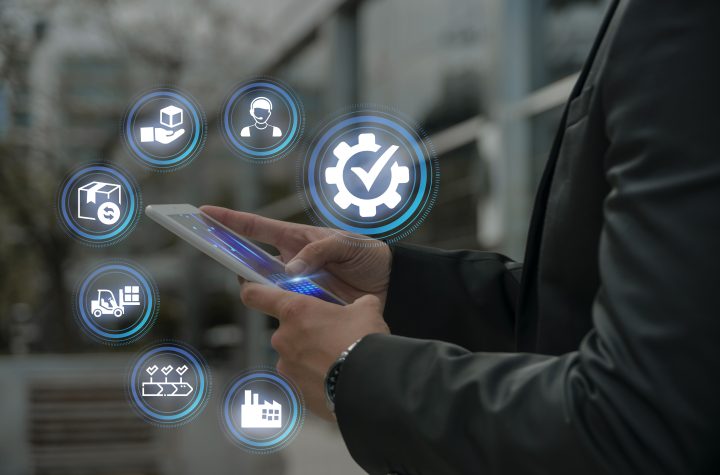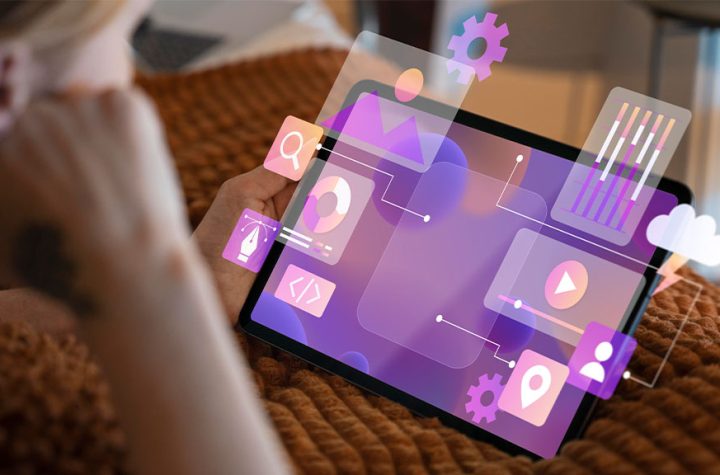
Nowadays the Internet of Things is present everywhere. Newspapers, websites, videos on YouTube channels, events, all talk about the popularization of IoT. But after all, what is this? In practice, we are talking about the ability to add connectivity to anything and, here, we mean anything – in some cases, even if it does not bring many benefits to the consumer.
And it is exactly in this immense possibility that the term IoT starts to get lost, because it lacks specificity, including numbers. For example, experts point out that, by 2025, 25 billion pieces of equipment should be connected to some type of intelligent system worldwide. More than that: connected, these “things” are expected to generate a volume of 50 trillion GB and generate around US $ 19 trillion in the next decade.
The figures are impressive and attract the attention of companies that want to seek their place in this market. And this is where we come to an important point. In this sea of possibilities and opportunities, we need to know exactly what opportunities we are talking about and what end products we want to connect. Only then will we be able to make this concept more tangible – and the Internet of Things, something really necessary.
To begin with, instead of talking about the Internet of Things, I believe it is more productive to talk about topics such as Industry 4.0, Smart Farming, smart cities, connected cars, wearable device technology, health and wellness products, connected homes, connected small appliances etc. . Here yes. For each of them we have specific solutions and opportunities.
This is because, for each of these sectors, we have identified very different needs, uses of very different technologies and different solutions and architectures, each with very different criticisms. Not to mention security and privacy of information, which is a critical and broad topic, worth a separate article.
To address only the technical aspect, we have the example of LPWAN (Low Power Wide Area Coverage) technologies, which will play a very important role for smart cities. They will support applications such as remote measurements of energy, gas and water, in addition to intelligent lighting. They can also generate savings for service providers and city halls, in addition to offering power monitoring capacity at a level that is not possible to perform today.
On another front, called Smart Farms, LPWAN technologies will bring the possibility of covering large areas, allowing the connection of several types of sensors that will dramatically increase productivity in the field. To give you an idea, a survey by the McKinsey consultancy, commissioned by the BNDES, points out that, in Brazil, only smart farm solutions should move between US $ 5 billion and US $ 21 billion by 2025, leading to productivity gains of up to 25% and input reduction of up to 20%.
The new Wi-Fi technologies are increasingly present in indoor applications where, together with secure architectures, they will have transformational power in Industry 4.0. Here, too, the market is huge. Figures of the Indústria 2027 project, carried out by the National Confederation of Industry (CNI), the Mobilization of Business for Innovation (MEI) and the Euvaldo Lodi Institute (IEL), show that 21.8% of 759 large and medium-sized companies interviewed want to be fully digitalized in nine years. Today, only 1.7% of Brazilian companies fully follow the precepts of Industry 4.0.
In the residential area, we also have a separate market, focused on connected home applications, smart appliances and residential security. This sector will benefit from the combination of Wi-Fi, cellular and artificial intelligence technologies, which will allow the creation of much more intelligent and effective systems than the devices in use today. There is also vehicular use, where 5G technology, still under discussion in our country, will play a leading role in communication between automobiles, promising to increase safety and improve travel times in large cities.
Analyzing in this way, we realize that, when talking about IoT, you cannot put everything in one basket. On the contrary, we see that different technologies and architectures will have different roles in the task of bringing connectivity to the different objects around us.
Each thing will be connected according to the criticality of the expected end applications and different sets of technologies and solutions will be used to obtain the best result. It’s time to get out of the jargon of technology and start looking for more specificity when talking about Internet of Things.








More Stories
What Is IoT Asset Tracking & Why Is It Important?
IoT in the Food and Beverage Industry: Benefits and Best Practices
Reasons To Select React.js For IoT App Development